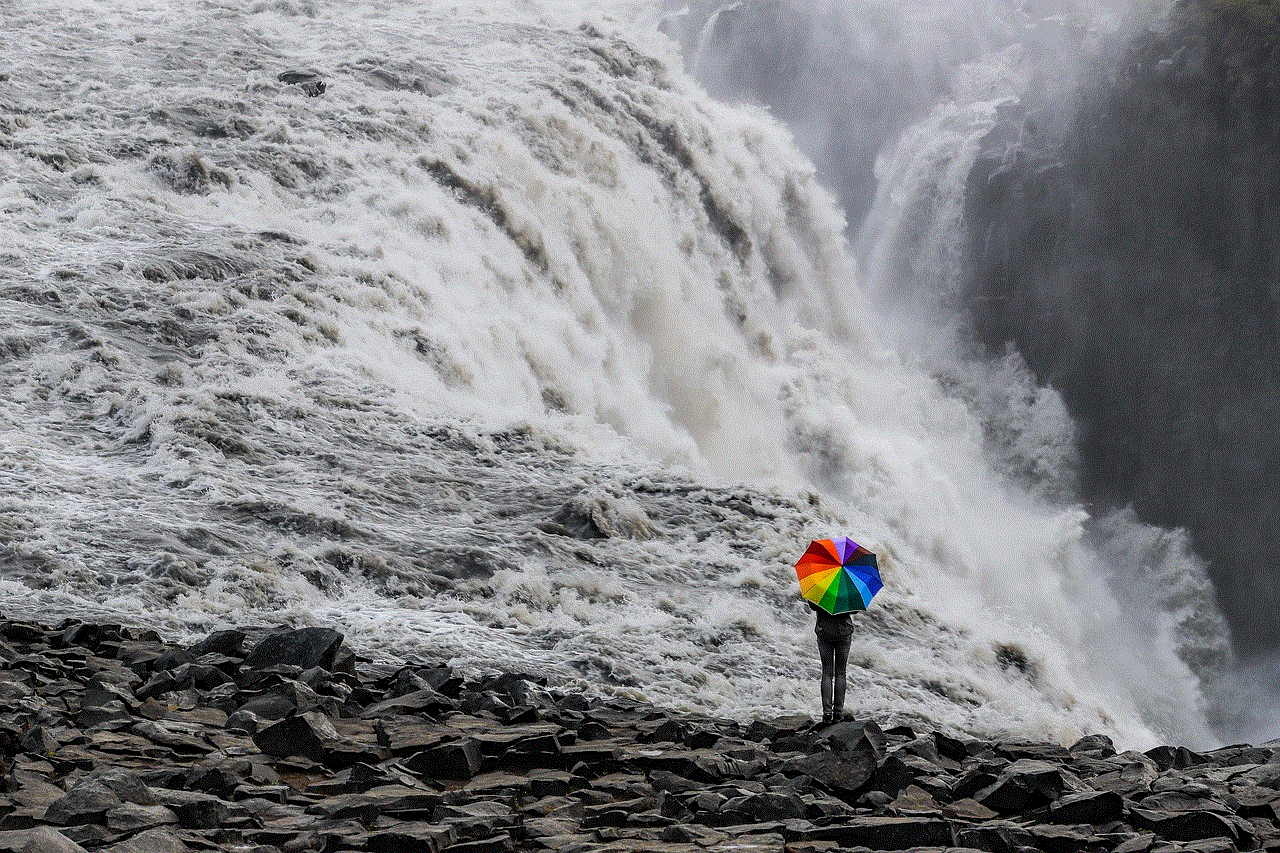how to name a circle
# How to Name a Circle : A Comprehensive Guide
Naming a Circle might seem like a simple task at first glance, but it involves a variety of considerations that extend beyond mere aesthetics. Whether you’re an artist, a mathematician, or a hobbyist, the name you give to a circle can convey meaning, evoke emotions, and even serve functional purposes. In this article, we will explore the intricacies of naming a circle, from the mathematical definitions to artistic interpretations, cultural significance, and the psychological impact of names.
## Understanding the Basics of a Circle
Before we delve into the nuances of naming a circle, it’s essential to understand what a circle is. In mathematical terms, a circle is defined as a set of points in a plane that are equidistant from a given point, known as the center. The distance from the center to any point on the circle is called the radius, and the longest distance across the circle, passing through the center, is known as the diameter.
In geometry, circles have various properties and formulas associated with them, such as the circumference (C = 2πr) and the area (A = πr²). Understanding these fundamental elements of a circle is crucial, as they can influence how one might choose to name it.
## The Role of Context in Naming
When it comes to naming a circle, context is everything. The purpose behind naming a circle can vary significantly based on different scenarios. For instance, naming a circle in a mathematical context may involve using standard terminologies such as “Circle A,” “Circle B,” or coordinates like “Circle (2, 3).” In contrast, naming a circle for an art project might involve more creative and expressive terms, such as “Eclipse,” “Harmony,” or “Infinity.”
The context could also relate to the audience. If you are presenting to a group of mathematicians, a technical name may be more appropriate. On the other hand, if you’re addressing a group of children, a whimsical name could capture their imagination better.
## Mathematical Names: Precision and Function
In the realm of mathematics, clarity and precision are paramount. The naming conventions for geometric shapes, including circles, often follow specific rules to ensure that they are easily identifiable and convey essential information.
For example, circles can be named based on their center points. A circle with a center at point (h, k) can be denoted as Circle (h, k). Additionally, circles can be named according to their radius or diameter. For instance, a circle with a radius of 5 units may be referred to as “Circle with Radius 5.”
Using alphanumeric identifiers is common as well. For instance, circles can be labeled as Circle A, Circle B, etc., especially when dealing with multiple circles in the same context. This method allows for easy reference and avoids confusion.
## Artistic Names: Evoking Emotion and Imagination
In contrast to the mathematical naming conventions, artistic names are often more abstract and evocative. When naming a circle in an artistic context, one can draw inspiration from various sources, including nature, emotions, mythology, and even personal experiences.
For example, an artist might name a circle “The Eye of the Storm” to evoke feelings of chaos and calm simultaneously. Alternatively, “The Golden Circle” could represent warmth, safety, and comfort. The naming process can also involve wordplay or metaphor, allowing for names that resonate on multiple levels.
## Cultural Significance in Naming Circles
Cultural contexts play a significant role in how circles are perceived and named. In many cultures, circles symbolize unity, wholeness, and eternity. For instance, in Native American culture, circles are often viewed as sacred, representing the cycle of life. Thus, naming a circle in this context might involve terms that reflect these values, such as “Circle of Life” or “Sacred Circle.”
Furthermore, different cultures may have distinct symbols or interpretations associated with circles. For example, in Eastern philosophies, circles may represent the concept of yin and yang, embodying balance. A circle named “Yin-Yang” could thus carry profound philosophical implications.
## The Psychological Impact of Names
Names have power. They can influence perception and feelings toward an object or concept. Research in psychology suggests that the names we assign to things can affect our attitudes and behaviors.
For instance, a circle named “The Dream” might inspire creativity and aspiration, while a circle called “The Void” could evoke feelings of emptiness or despair. Understanding the psychological implications of naming can greatly enhance the impact of the circle, especially in artistic or therapeutic settings.
## Incorporating Symbolism in Names
Symbolism can enrich the naming process, providing deeper meanings and connections to the circle. When naming a circle, consider incorporating symbols that resonate with the intended message.
For example, if the circle represents community, it might be named “Unity Circle” or “Togetherness.” If it symbolizes growth and development, names like “Circle of Growth” or “Path to Enlightenment” could be appropriate.
Using symbols that resonate with the audience can create a stronger emotional connection, making the name more memorable and impactful.
## Engaging the Audience in the Naming Process
One engaging approach to naming a circle is to involve the audience in the process. This interactive strategy can be particularly effective in educational settings, workshops, or community projects.
Encouraging participants to brainstorm names fosters creativity and collaboration. You could create a list of potential names based on specific themes, such as nature, emotions, or cultural references. Then, allow the group to vote on their favorite name. This collaborative approach not only empowers individuals but also makes them feel more connected to the circle.
## Practical Applications of Circle Names
In various fields, naming conventions for circles can have practical applications. For instance, in urban planning and architecture, circles may be used to designate public spaces or parks. Naming these circles can contribute to the identity of the space, such as “Community Park Circle” or “Harmony Plaza.”
In software development or programming, circles may represent data points or visual elements. Naming conventions can help clarify the purpose or function of these elements, making it easier for teams to collaborate and understand the code.
## Conclusion: The Art of Naming Circles
Naming a circle goes beyond mere identification; it is an opportunity to express creativity, convey meaning, and forge connections. Whether in mathematics, art, culture, or psychology, the process of naming a circle is a multifaceted endeavor that requires careful consideration.
By understanding the various contexts and implications of naming, we can create circles that resonate deeply with their intended audience. Whether you opt for a precise mathematical label or a whimsical artistic name, the right name can elevate the significance of the circle and enhance its impact.
In summary, naming a circle is an art form in itself, one that merges creativity with clarity, emotion with function, and context with symbolism. Embrace the process, explore different avenues, and let your imagination guide you in naming your next circle.
spring safety tips 2023
# Spring Safety Tips 2023: Embrace the Season with Caution
As the chill of winter fades away and the vibrant colors of spring begin to emerge, many of us are ready to welcome the season’s warmth and rejuvenation. Spring is a time of renewal, outdoor activities, and enjoying nature’s beauty. However, it is also essential to approach this beautiful season with a sense of responsibility and caution. In this article, we will explore over a dozen spring safety tips for 2023, ensuring that you can enjoy the season while keeping yourself and your loved ones safe.
## 1. Be Prepared for Weather Changes
Spring is notorious for its unpredictable weather. While one day might be sunny and warm, the next could bring rain, thunderstorms, or even late-season snow. To stay safe during these fluctuations, it’s important to keep a close eye on the weather forecast. Here are a few tips to help you prepare:
– **Check the Forecast Regularly**: Use reliable weather apps or websites to get updates on the upcoming weather conditions. Pay special attention to severe weather alerts, which can help you plan your outdoor activities appropriately.
– **Dress in Layers**: Spring weather can change rapidly. Dressing in layers allows you to adjust your clothing as the temperature fluctuates throughout the day.
– **Have an Emergency Kit Ready**: Make sure your emergency kit is stocked with essentials such as water, non-perishable food, a flashlight, batteries, and a first-aid kit. This preparation is especially important in areas prone to spring storms.
## 2. Allergies and Air Quality



Spring is synonymous with blooming flowers and fresh greenery, but it also brings pollen and allergens that can trigger allergies in many individuals. Here’s how to mitigate allergy symptoms and ensure good air quality:
– **Stay Informed About Pollen Counts**: Websites and apps can provide daily pollen counts for your area, allowing you to plan outdoor activities when counts are lower.
– **Limit Outdoor Activities During High Pollen Days**: If you’re sensitive to pollen, try to stay indoors on days with high pollen counts, especially during peak times like early morning and late afternoon.
– **Keep Windows Closed**: To avoid bringing allergens indoors, keep your windows closed during high pollen days, and use air purifiers to improve indoor air quality.
## 3. Spring Cleaning Safety
Many people take advantage of the spring season to declutter and clean their homes. While this is a great way to refresh your living space, it’s important to practice safety during your spring cleaning efforts:
– **Use Proper Lifting Techniques**: When moving heavy objects or furniture, use your legs for lifting rather than straining your back. If an item is too heavy, consider asking for help.
– **Choose Non-Toxic Cleaning Products**: Opt for environmentally friendly cleaning products to reduce chemical exposure. When using any cleaning solution, ensure the area is well-ventilated to prevent inhalation of fumes.
– **Wear Protective Gear**: If you’re using tools or chemicals, wear appropriate safety gear such as gloves, goggles, and masks to protect yourself from potential injuries.
## 4. Outdoor Activities and Sports Safety
As the weather warms up, many people engage in outdoor sports and activities. While physical activity is beneficial, it’s crucial to prioritize safety:
– **Stay Hydrated**: As temperatures rise, hydration becomes vital. Drink plenty of water before, during, and after your activities to prevent dehydration.
– **Use Sunscreen**: Protect your skin from harmful UV rays by applying sunscreen with at least SPF 30, even on cloudy days. Reapply every two hours, or more frequently if swimming or sweating.
– **Warm-Up and Stretch**: Before engaging in any physical activity, take the time to warm up and stretch your muscles to prevent injuries.
## 5. Gardening Safety
Spring is the perfect time to start gardening, but it also comes with its own set of safety considerations:
– **Wear Protective Gear**: Use gloves to protect your hands from cuts, scrapes, and potential allergic reactions to plants. Consider wearing a wide-brimmed hat and sunglasses to shield yourself from the sun.
– **Be Mindful of Tools**: Keep tools organized and in good condition. Always store them safely out of reach of children and use them according to the manufacturer’s instructions.
– **Know Your Plants**: Some plants can be toxic or irritating to the skin. Familiarize yourself with the plants you’re working with and wear long sleeves if you’re handling any potentially harmful species.
## 6. Child Safety During Spring Activities
With the arrival of spring, children are often eager to play outside, engage in sports, and explore nature. Here are some tips to ensure their safety:
– **Supervise Outdoor Play**: Always keep a close eye on children while they’re playing outdoors, especially near water bodies, playgrounds, or busy streets.
– **Teach Traffic Safety**: If your child is riding a bike or walking near roads, teach them about traffic signals, pedestrian crossings, and the importance of looking both ways before crossing the street.
– **Encourage Safe Play**: Provide children with safe play equipment and ensure they wear helmets and appropriate protective gear when riding bikes or skateboards.
## 7. Pet Safety in Spring
As you enjoy the beauty of spring, don’t forget about your furry friends. Spring can pose unique risks for pets, and it’s essential to keep them safe:
– **Beware of Allergens**: Just like humans, pets can suffer from allergies to pollen and other allergens. Keep an eye out for signs of allergies, such as sneezing or scratching, and consult a veterinarian if needed.



– **Prevent Ticks and Fleas**: As temperatures rise, so does the risk of ticks and fleas. Use preventive treatments recommended by your veterinarian and regularly check your pets for ticks after outdoor activities.
– **Keep Pets Hydrated**: Just like humans, pets can become dehydrated in warm weather. Ensure they have access to fresh water at all times, especially during outdoor activities.
## 8. Fire Safety Awareness
Spring often brings an increase in outdoor activities, including barbecues and campfires. Fire safety should always be a priority:
– **Use Grills Safely**: When using a grill, always place it on a stable surface away from flammable materials. Keep a fire extinguisher or a bucket of water nearby in case of emergencies.
– **Follow Fire Regulations**: If you plan to have a campfire, check local regulations regarding open flames, and ensure you have a fire pit or designated area for safe burning.
– **Extinguish Fires Properly**: When finished with a fire, ensure it’s completely extinguished. Pour water on it until there are no embers left, and stir the ashes to make sure everything is cold to the touch.
## 9. Vehicle Safety and Maintenance
As you embark on spring road trips or outdoor adventures, vehicle safety is paramount. Here are some tips to ensure your vehicle is in top shape:
– **Conduct Regular Inspections**: Check your tires, brakes, lights, and wipers regularly. Make sure your tires are properly inflated and have adequate tread.
– **Stay Updated on Maintenance**: Follow your vehicle manufacturer’s maintenance schedule, which includes oil changes, fluid checks, and tire rotations.
– **Prepare for Long Trips**: If planning a long drive, have an emergency kit in your car, including a spare tire, first-aid supplies, and basic tools. Always inform someone of your travel plans and expected arrival time.
## 10. Mental Health and Wellness
Spring is a time of renewal not just for nature, but for our mental health as well. As we transition into longer days and warmer weather, prioritize your mental well-being:
– **Get Outside**: Spend time outdoors to soak up the sunshine and fresh air. Nature has a remarkable effect on reducing stress and improving mood.
– **Practice Mindfulness**: Engage in mindfulness practices such as meditation or yoga to cultivate a sense of calm and presence. Spring is a perfect time to reconnect with yourself and nature.
– **Connect with Others**: Use the season as an opportunity to reconnect with friends and family. Organize outdoor gatherings, picnics, or simply enjoy a walk together.
## 11. Be Cautious of Wildlife
Spring is the season when many animals emerge from hibernation or begin nesting. While wildlife can be a beautiful part of nature, it’s important to respect their space and stay safe:
– **Keep a Safe Distance**: If you encounter wildlife while hiking or walking, observe from a distance. Never approach or attempt to feed wild animals, as this can be dangerous for both parties.
– **Be Aware of Nesting Birds**: If you’re gardening or working outside, be mindful of nesting birds and their habitats. If you find a nest, avoid disturbing it and keep pets away.
– **Watch for Poisonous Plants**: Familiarize yourself with local poisonous plants, such as poison ivy, and take precautions to avoid contact.
## 12. Emergency Preparedness
Finally, as you enjoy spring, it’s important to be prepared for emergencies. Spring storms can bring severe weather, and being ready can make all the difference:
– **Create an Emergency Plan**: Have a plan in place for your family, including safe places to go during severe weather and a communication plan if you’re separated.
– **Stay Informed**: Keep a battery-powered weather radio or use a weather app to stay updated on severe weather alerts. Knowing what to do in an emergency can save lives.
– **Practice Drills**: Conduct drills with your family for various emergencies (tornado, fire, etc.) to ensure everyone knows what to do when faced with a crisis.



## Conclusion
Spring is a wonderfully vibrant season filled with opportunities for outdoor fun, exploration, and renewal. However, it’s essential to approach the season with a mindset of safety and responsibility. By implementing these spring safety tips for 2023, you can enjoy all that this beautiful season has to offer while keeping yourself, your family, and your pets safe. Whether you’re gardening, engaging in sports, or simply enjoying the fresh air, remember that safety always comes first. Embrace the beauty of spring, but do so with caution and awareness. Happy spring!
0 Comments